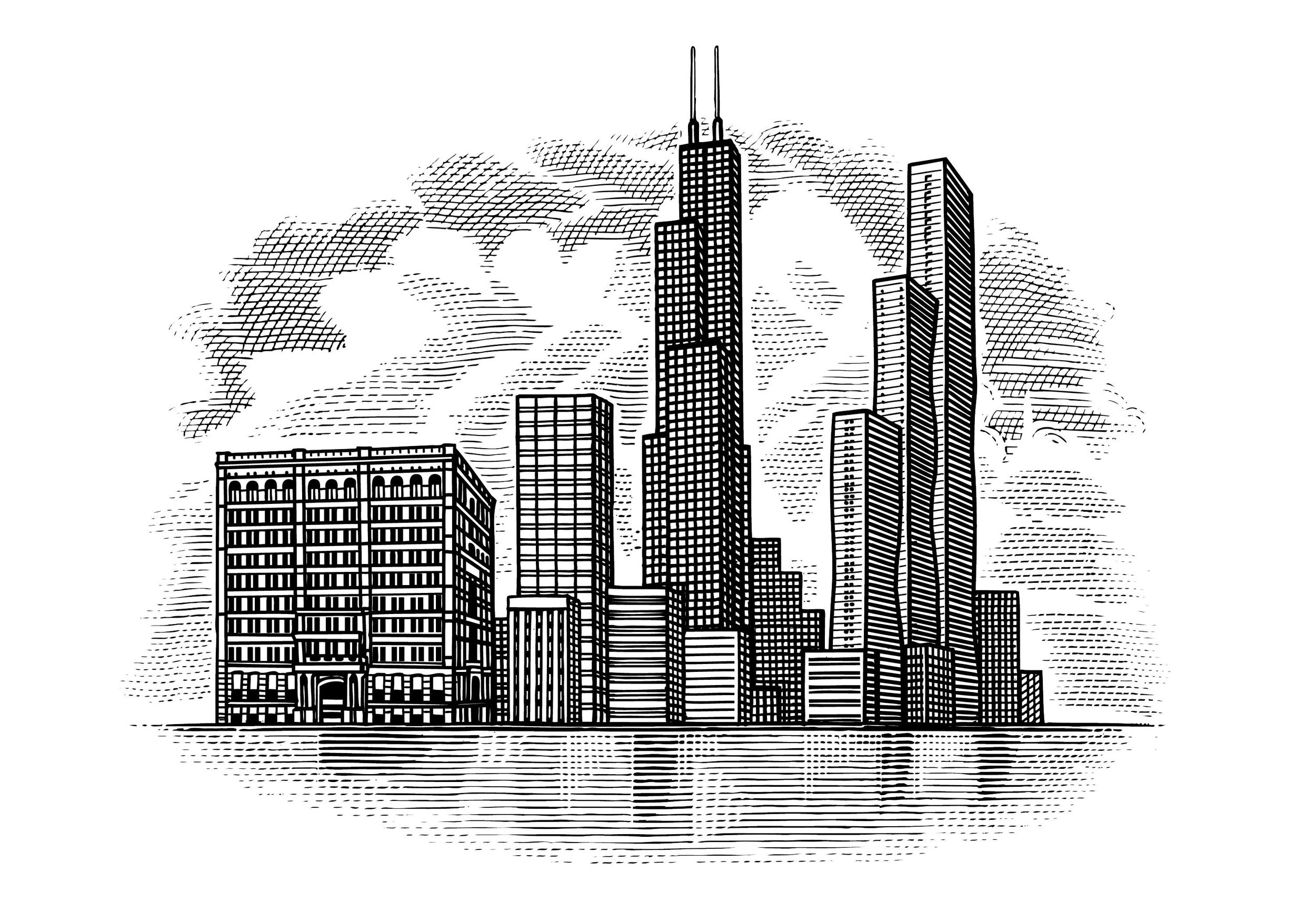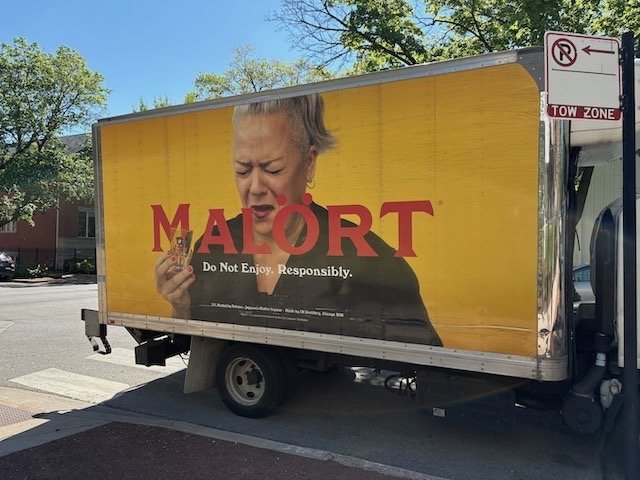Review: Malört
Estimated reading time: 5 minutes (800 words)
I don’t remember my first shot of Malört. After all, you don’t shoot Malört sober. But what I do remember was… well, enjoying it is too strong of a word. I didn’t dislike it, and in fact, I found it challenging in the same way that drinking stale black coffee at a roadside diner is challenging. It was a challenge I was up for, and the fact that I didn’t find it repulsive gave me a leg up on everyone else who curdled at the mere sight of a bottle. This would be a useful trait throughout my 20s.
As it turns out, I wasn’t the only one called by Malört’s siren song. As the new-ish (September 2024) book Malört: The Redemption of a Revered and Reviled Spirit by local journalist Josh Noel meticulously examines, appreciators of Chicago’s local spirit (or demon) are few and far between but they are fervent, and played an integral role as Malört made its resurgence a little more than a decade ago.
[Read The New Chicagoan’s 2018 interview with Josh Noel]
The Malörtaissance began in about 2012, but the cultural currents that underpinned it began in the mid-2000s. Malört’s story, of course, begins much further back in time than that — in the mid-1800s, to be exact. As Noel’s book traces, with the help of an enthusiast turned historian turned Malört employee who departed the company in dramatic fashion, Malört is the recipe of Swedish immigrant Carl Jeppson, who came to Chicago just after the Civil War.
The Malört we have today is almost certainly the unchanged mid-19th century recipe of Jeppson himself. As the book explores in fascinating depth, Malört is a type of besk, or Swedish herbal bitter. Noel didn’t publish the exact recipe but he might as well have: a neutral spirit (vodka) is distilled and aged with pounds of imported wormwood. Then it's bottled. Malört.
How has this niche immigrant drink survived to the present? The book provides two answers. One is the practical way: Malört is a business. As Noel traces, Jeppson sold the Malört brand and recipe to a certain George Brode in 1934. At the time, Brode was a lawyer and local liquor purveyor and added Malört to his portfolio of spirits, more as a passion project than a serious business proposition.
But in 1953 Brode was forced to sell the bulk of his liquor holdings — except for Malört. What was once a side project became a lifelong dedication to Malört’s advancement. George Brode was the integral to Malört’s latter day success, but this story wouldn’t be complete without Pat Gabelick. Pat had many roles: George’s law practice secretary, love interest, and when George died in 1999, the heir to the Malört company.
Pat was a reluctant business owner and at first maintained Malört as a tribute to George, and because she didn’t know what else to do with it. Closing up shop, after more than 50 years of George figuring out how to make things work, didn’t feel right.
So Pat kept Malört going. And going. And limping. And struggling. As Noel notes, Malört’s issues weren’t really Pat’s fault. The niche the drink found in the 1960s and 1970s in divey third shift bars couldn’t last forever, and it largely didn’t.
By the mid-2000s sales were abysmal and Pat — Malört’s sole employee — was barely scraping by. But the mid-2000s were also a watershed moment for American drinking culture. This shift, from sugary cocktails and macro beers to mixology and craft beer, also changed Malört’s fortune. It was how Malört survived.
Whether by luck, grit, or a mix of both, Malört found its way into the hands of influential bartenders at the forefront of the mid-aughts drinking revolution. Far from seeing Malört as a punch line, they saw it as complex and something to be engaged with on its own terms. By 2012, Malört’s ascendance was undeniable: sales were up and interest was organic. It was finally Malört’s moment.
Not everything was smooth sailing, though. Malört was still a one person company with a handful of volunteers helping to steer it into the 21st century. It had no website, no social media presence, no phone number or email address. These things had to change, and they did, but not without their pain points and inter-personal strife. As the book makes clear, a lot was happening behind the scenes as Malört’s profile grew.
Pat sold to CH Distillery, a local business, in 2018 for $2.2 million and promptly retired, although she was interviewed extensively by Noel for the book. Today, Jeppson’s Malört is proudly made in Chicago.
Noel’s book is a wonderful examination of a Chicago urban legend turned cultural phenomenon. By highlighting the personal side of the city’s best, worst drink, Noel successfully sheds light on those who revered Malört — despite the revulsion.

